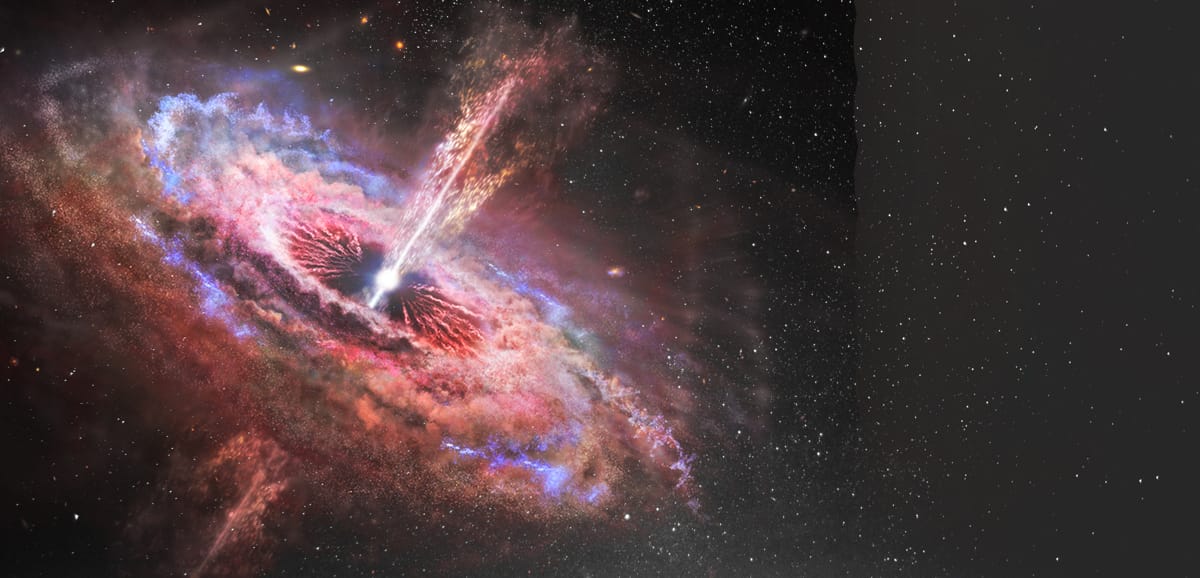Link to paper: https://academic.oup.com/mnrasl/article/528/1/L45/7382213
A long standing problem in the literature concerns the shape of the time-integrated spectrum of the prompt phase of GRBs. The spectrum typically shows two spectral features – a high energy peak at a few MeV and a low-energy spectral hump /break at a few hundreds of keV. In this work, we consider an internal shocks scenario where a central engine ejects two cold (faster and slower) shells with constant source power during shell ejection. The faster shell collides with the slower shell at a distance from the central engine. Each such collision produces two shock fronts – a reverse (forward) shock front propagating into a faster (slower) shell. The physical conditions in the two shocked regions are intrinsically different and naturally provide two zones of radiation. The observed radiation is due to contributions from both these shocked regions. We assume synchrotron radiation as the emission mechanism. In our set-up, the reverse shock is stronger, dominates the overall radiative efficiency and gives rise to the MeV peak in the time-integrated spectrum (see Fig. 2). The forward shock contribution can be seen as a low-energy spectral break or a bump. This bump feature has been traditionally interpreted as a “photospheric” feature originating from an optically thick regime. We propose a weaker forward shock in the optically thin regime as an alternative/additional candidate to this interpretation. It must be noted these features arise purely from the shock hydrodynamics alone without tweaking the microphysical parameters in both the shocked regions (taken to be the same in both the regions in our study). And since we naturally have two shocked regions (zones of radiation) our model has a distinct advantage over the one-zone models which require highly-tuned physical conditions.
Figure shows the time-integrated synchrotron spectrum of Prompt Gamma-ray burst for internal shocks as the underlying dissipation mechanism. The contribution from the forward and the reverse shocked region are shown in blue and red curves respectively. The observed spectrum (shown in black curve) is the summation of the contribution from both these regions. The two panels differ in the synchrotron cooling regime for the forward shocked region (marginally fast cooling and fast cooling in the upper and lower panels respectively). The reverse shock is stronger and gives rise to the MeV peak (fast cooling) while the weaker forward shock gives a few hundred keV feature as either spectral bump (marginally fast-cooling) or a spectral break (fast-cooling).






